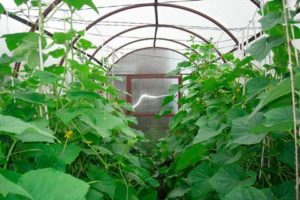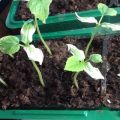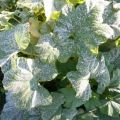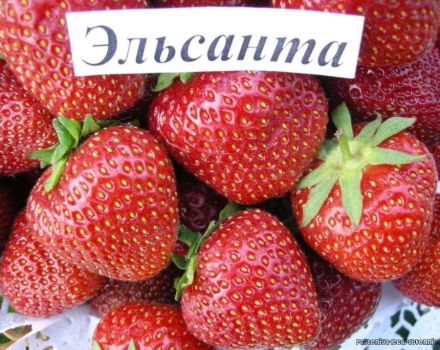How to feed cucumbers if there is not enough nitrogen fertilizers
Cucumbers are a very warm and moisture-loving vegetable crop that does not grow on poor, non-fertilized soil. The importance of nitrogen fertilizers for cucumbers will be discussed.
Why Plants Need Nitrogen
Since nitrogen is the main element involved in the metabolism of animal and plant cells. It is a component of almost all parts of the cytoplasm of a plant cell, its proteins, chlorophyll, most vitamins, nucleic acids, and enzymes.
What is fraught with the low nitrogen content in the soil?
It is known that plants take everything they need for their nutrition, growth and development from the soil. If there is a nitrogen deficiency in the soil, then the plants develop poorly: the stems and leaves are thin, lethargic, turn yellow quickly, and a small number of ovaries are formed that do not or do not bear fruit well. As a result, the plants die quickly.
Fertilizer classification for cucumbers
The lack of minerals in the soil provokes diseases and poor plant development. Cucumbers need nutrients at all stages of their development, from sowing in the soil to fruiting.
Fertilizers are of the following types:
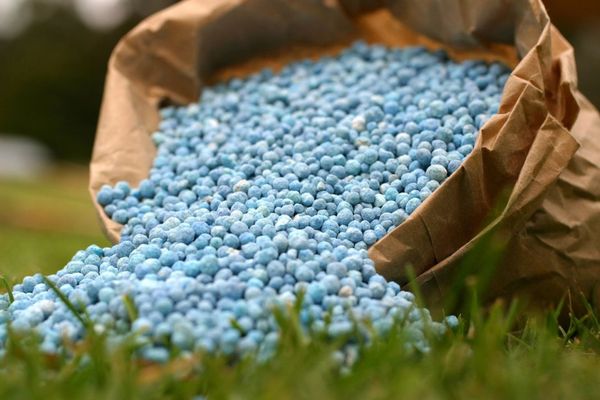
- By origin:
- Mineral;
- Organic.
- By the method of application to the soil:
- Subsoil;
- Superficial.
- By structure and physical condition:
- Liquid;
- Semi-liquid;
- Solid.
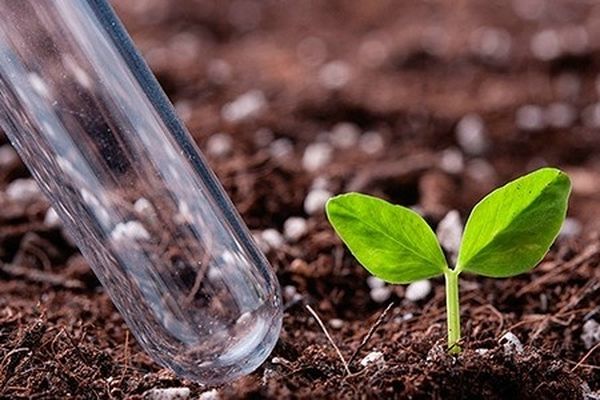
- By the way the plants are fed:
- Root method;
- Foliar method.
- By the amount of substances in the composition:
- Simple;
- Complex.
Characteristics of nitrogen fertilizers
Mineral fertilizers. Mineral nitrogen fertilizers are produced in three types:
- Ammonia, which include ammonium sulfate. They are introduced into the soil in the spring before sowing cucumbers, as well as in the autumn after harvesting.
- Nitrate, which include ammonium nitrate. Such fertilizers are most often used as top dressing: they are applied in dissolved form in early spring and summer.
- Amide, which include urea. They greatly increase the acidity of the soil, act quickly and just as quickly break down and are removed with water.
Organic fertilizers are manure, bird droppings, peat, silt, plant and foliage remains, green manure. All organic fertilizers must first be prepared before applying to the soil, and the gardener himself decides what to feed specifically.
| Kinds | Description of organic fertilizers |
| Manure | Manure (mullein or pork) must not be applied fresh. Due to the high content of urea, this can lead to complete "combustion" of plants. It is best if rotted or semi-rotten manure is diluted with water and watered under the root of each cucumber bush.Also, completely rotted (at least a year in a compost pit) manure can be added to plants for better nutrition and rooting of the stem.
|
| Bird droppings | Poultry droppings, and most often chicken or quail droppings, should also not be dug into the soil fresh. Fresh droppings must be diluted in water in proportions of 1: 5. It is good if there is a barrel on the site or in the greenhouse in which you can dilute the droppings with water and leave to infuse for several days. The result is the so-called mother liquor. It is diluted in a bucket of water in proportions of 1: 9. Cucumbers like this fertilizer very much, it is optimal for watering and gives excellent results.
|
| Peat | If there is not enough nitrogen in the soil on the site, then peat is dug into it. It can be bought in any specialty store and in any quantity. It is better to introduce peat immediately when preparing the site for planting cucumbers, but you can just pour a little into the holes when planting seedlings.
|
| Il | Silt from the bottom of rivers and lakes is very rich in minerals and nitrogen. This organic fertilizer is used as a component to improve the quality of sandy soil. Before applying this fertilizer for cucumbers, spread it in a thin layer and dry it in the sun for 2-3 days, and then dust it on the soil around the stems. The layer should not exceed 1.5 cm. |
| Remains of plants and foliage | Plant and foliage remains that rot on the compost heap form good humus. Such humus you can pour it into the holes, mix with the soil and sprinkle it with beds around the plant stem. Also, if you dig the foliage and the remains of grass stalks into the soil in the fall, then in the spring such a site will be rich in nitrogen and ready for planting vegetables. |
| Siderata | Siderata are plants (legumes and cereals) that, having grown to the point where the seeds begin to fill, are dug into the soil. This has a very beneficial effect on the condition of the soil, improves its mineral composition, enriches it with nitrogenous compounds of natural origin, increases the hygroscopicity of the soil, which is very useful for cucumbers. |
Fertilizers for cucumbers in the greenhouse
Growing cucumbers in greenhouse conditions is most effective, as it guarantees earlier and more abundant harvests. The fruiting times of the bushes are lengthened due to the fact that in shelters it is easier to control and maintain the optimum temperature and humidity for this crop.
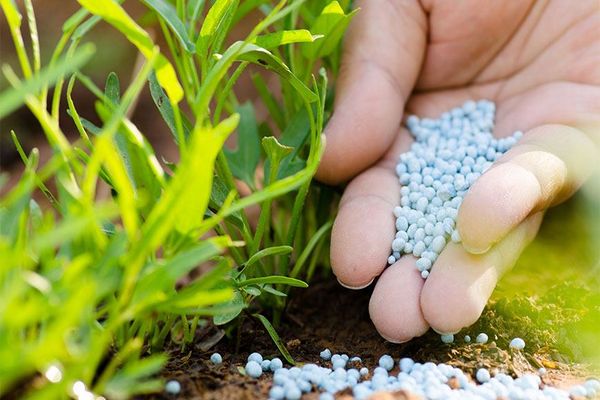
Fertilizers for cucumbers in the greenhouse must be balanced, applied in a timely manner and not exceed the permissible limits. Scheme of conventional feeding cucumbers includes at the beginning a nitrogen formula for better vegetation, then potash and phosphorus for productivity and health of the bushes.
Tips:
Cucumbers at different stages of growth and development need to change the types of nitrogen-containing fertilizers. So it is better to dig peat or well-rotted manure into the soil before planting seedlings.
If a cold snap is expected, or immediately after it, it is better to water the young cucumber seedlings with ammonium nitrate.
Top dressing of cucumbers at the stage of flowering and fruit formation is carried out with each watering. At the same time, along with nitrogen, the plant also needs other substances, especially potassium, magnesium, calcium and phosphorus.
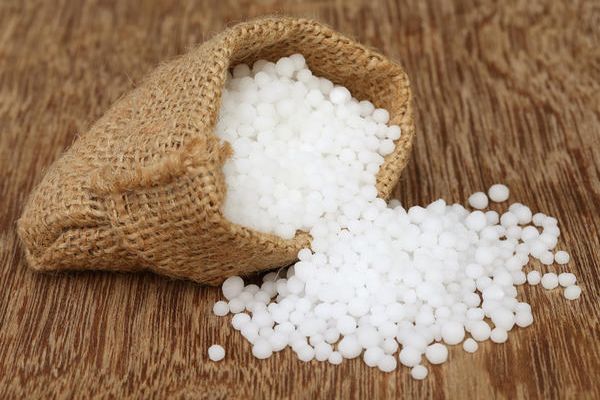
Well during this period, the triple fertilizer of nitroammofosk and other similar complex fertilizers work. Also, excellent results during the flowering and formation of cucumbers are given by irrigation with mullein and bird droppings with water in proportions of 1 liter of mother liquor per 10 liters of water.
It should be remembered that nitrate nitrogen accumulates in the fruits of plants and therefore at the stage of flowering and fruiting it should be excluded from dressings.
At the normal content of potassium, phosphorus, magnesium and nitrogen in the soil, cucumbers form a stable immunity to diseases, as well as stress temperature jumps.
Lack and excess of nitrogen in the soil
Manifestations of deficiency and excess nitrogen content in the soil. Detailed characteristics are given in the table:

| Lack of nitrogen | Excess nitrogen |
| Insufficient N content in soils (this is especially often observed in podzolic, sandy soils, as well as sandy loam and gray soils) is characterized by a general suppression of plant growth and development. They are underdeveloped, have a pale color and weak bushiness and foliage. The flowering part of plants is weak. Leaves with such a deficiency grow at an acute angle. The vegetation slows down, the shoots become thinner. Leaves begin to turn yellow early. Moreover, yellowing begins with veins and passes to the tissue part of the leaf, first at the lower leaves of the plant. If you do not take action immediately after the first signs are found, the plant will die. | Excessive N content in soils is characterized by very strong plant growth. The stem and leaves thicken, become saturated green, but at the same time the flowers are formed little and mostly male. Fruiting with increased N content is poor, and plant immunity is reduced. An excess of nitrogen and a lack of phosphorus, potassium and magnesium leads to the disruption of metabolic processes in the plant, its incidence and death. |
For normal growth and development, cucumbers need a balanced complex of minerals from the soil, which, through chemical transformations, ensures normal metabolism in plant tissues, and therefore a generous harvest.
How to grow a great harvest only on organic
When grown, cucumbers need warmth, watering and fertile soil. To provide warmth and nutrition, they are arranged with warm beds, which can be easily made by hand and placed both in greenhouses and in the open field.
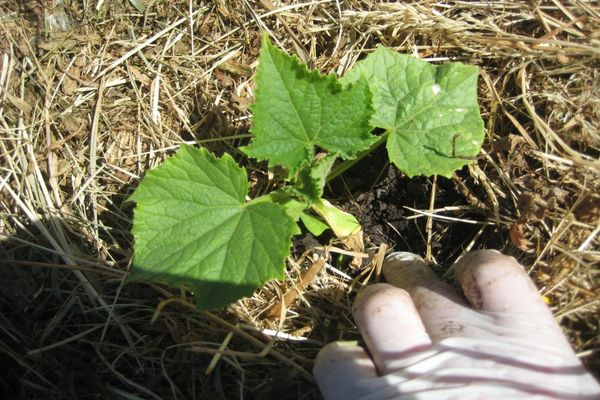
The side and end parts of the box for the garden bed are made of boards, or slate. These beds are made up of several layers:
- The first layer is cardboard or sand. Sand is poured at least 10 cm. One, two layers of ordinary packaging cardboard from unnecessary boxes also does an excellent job of insulating a warm bed from weeds.
- Any grass is laid in the second layer: freshly cut, hay, straw or mulch. It is evenly distributed and trampled in the box. The thickness of this layer is at least 30-40 centimeters.
- The third layer consists of humus, peat, bird droppings, or any manure, but not fresh. It is best if the manure and droppings are from last year. This layer should be about 10-15 centimeters.
- The last layer is whatever soil you have. Of course, sand-lightened black soil is optimal. On a bucket of black soil, you can take one kilogram of peat and two kilograms of sifted sand, as well as two glasses of ash. The thickness of this layer should be 40-50 centimeters.
Such beds are provided with nitrogen fertilizers and will last two to three years. They are warm due to the insulation from the soil with cardboard or sand, as well as due to the heat generated during the processing of manure and grass by bacteria. They are only watered with warm water and harvested.
In the third year, you can slightly feed the vegetables in the garden during fruiting with mullein or bird droppings, watering the plants at the root. After three years, the contents of the garden are scooped out and rebuilt according to the same scheme.
